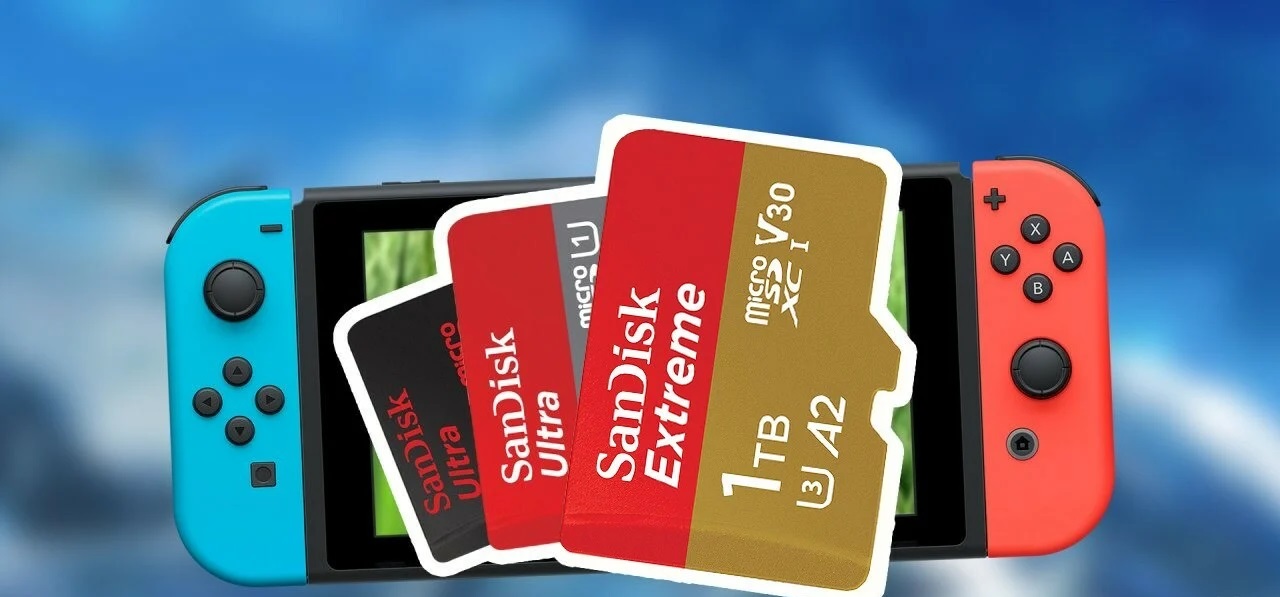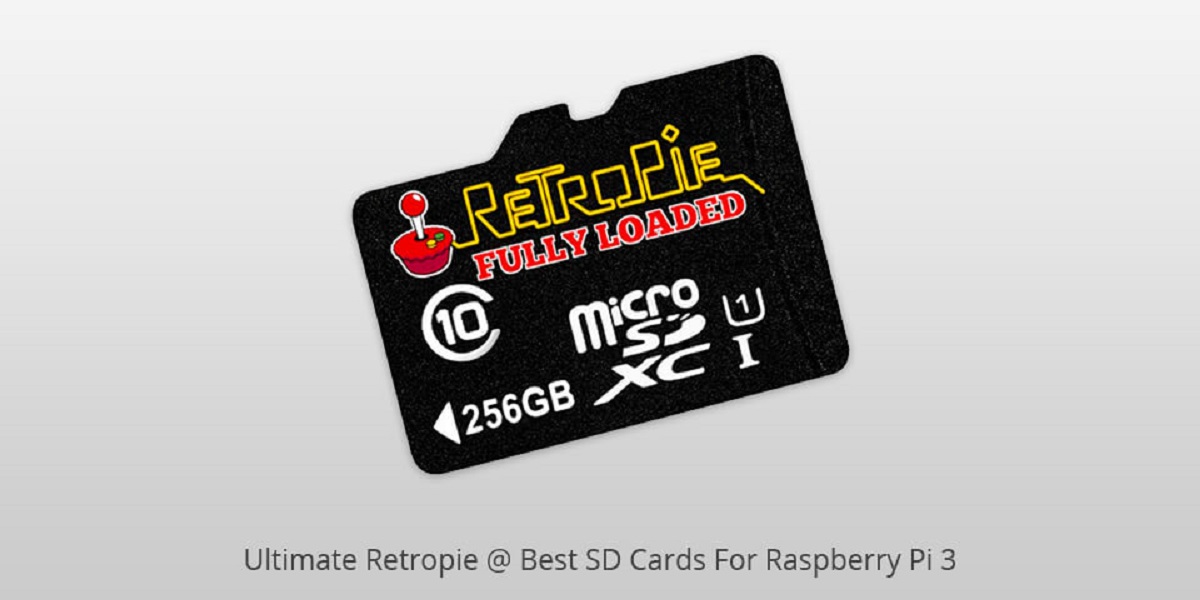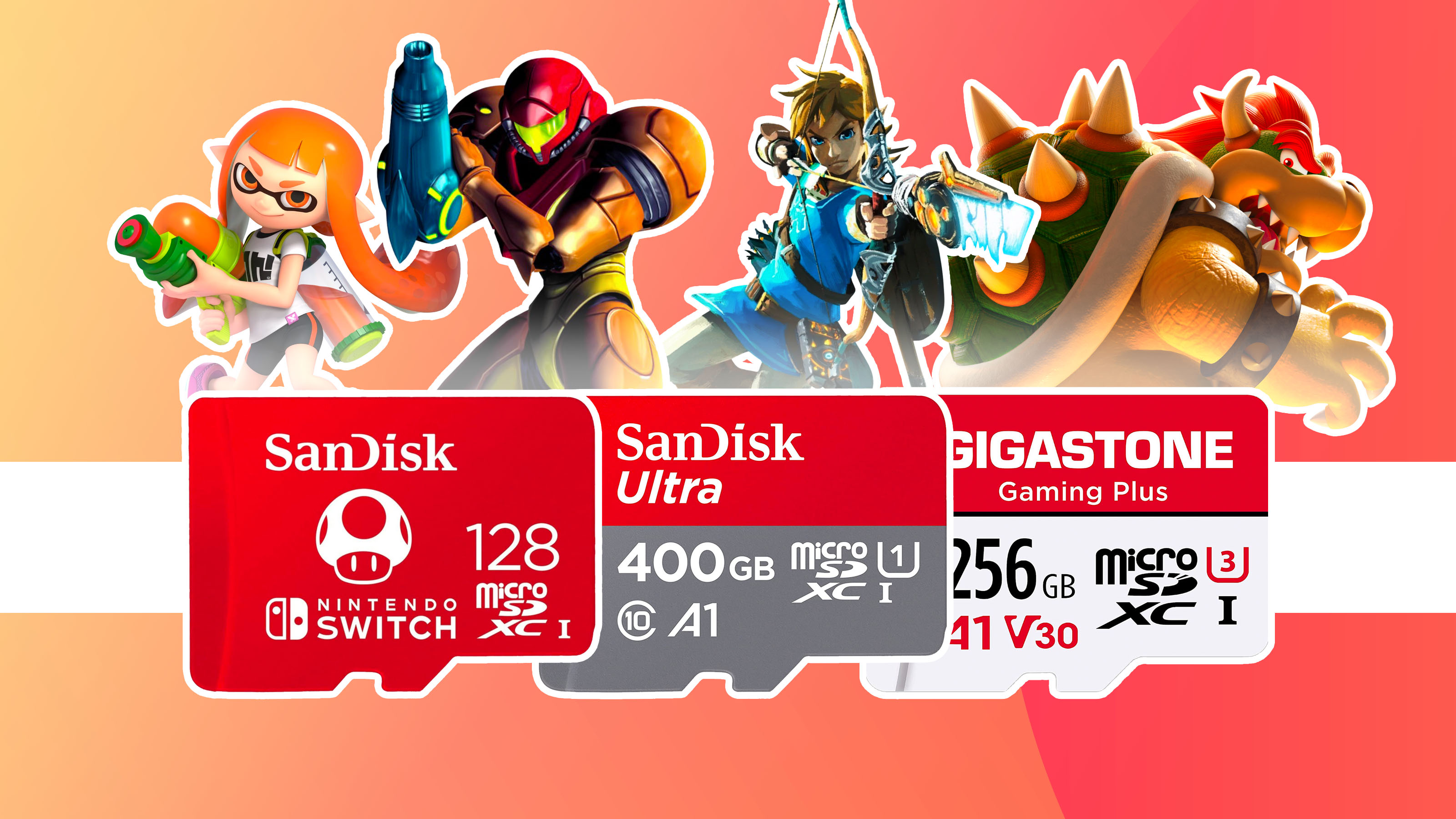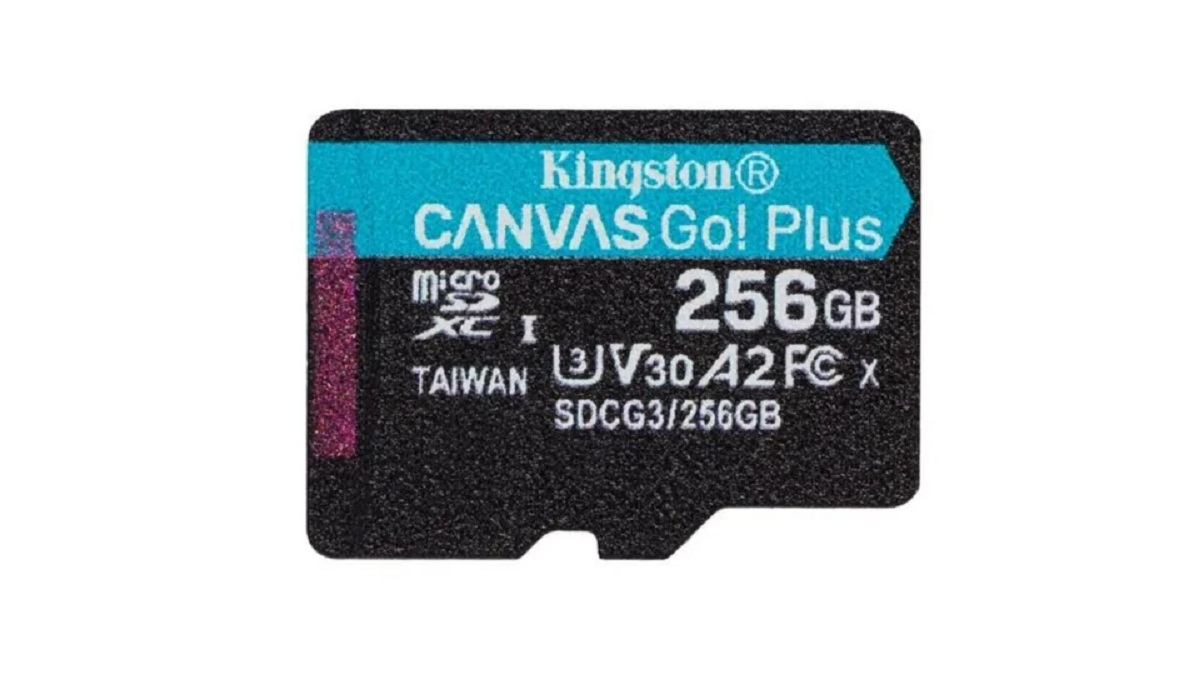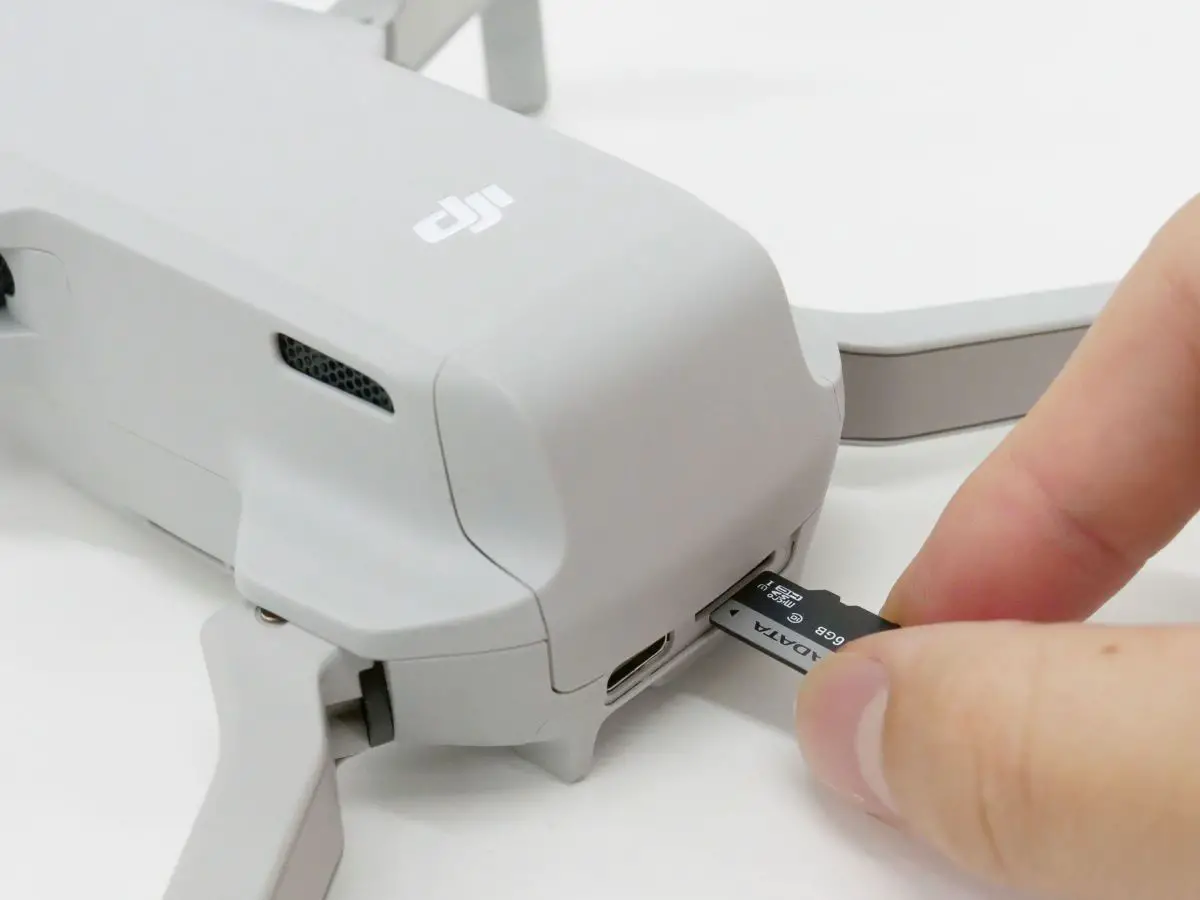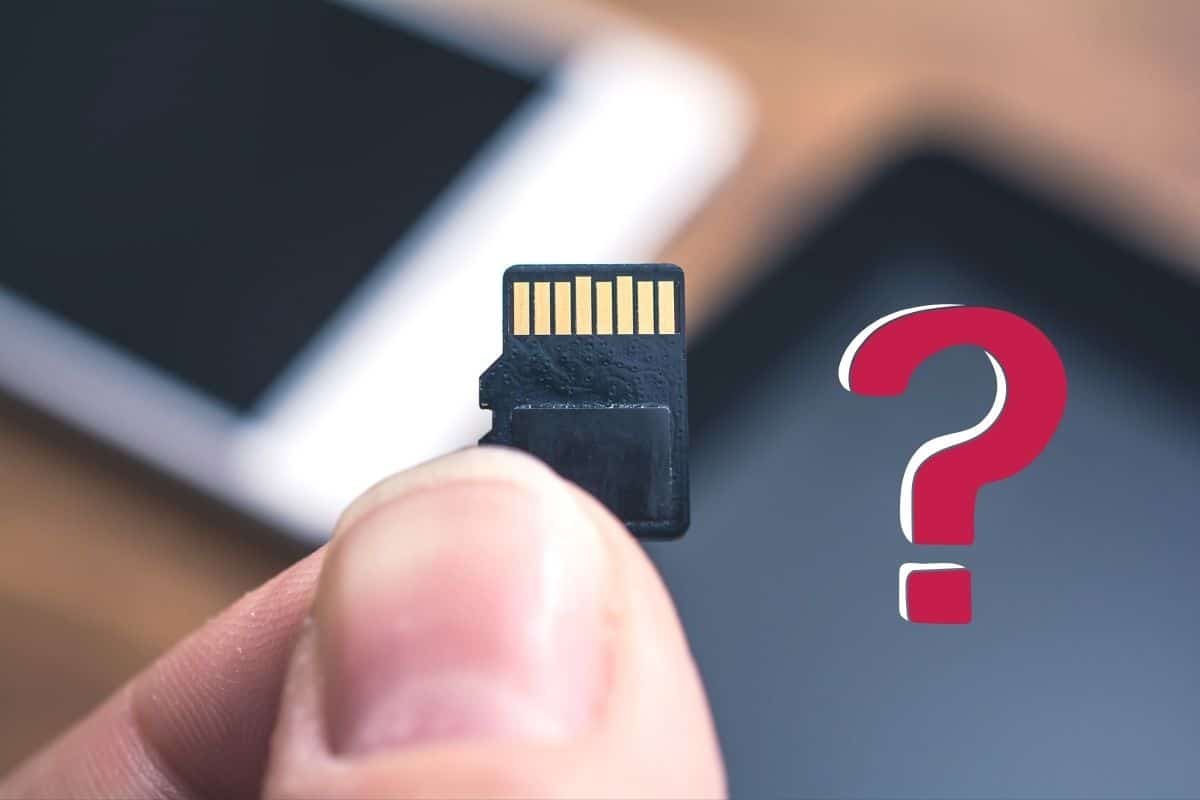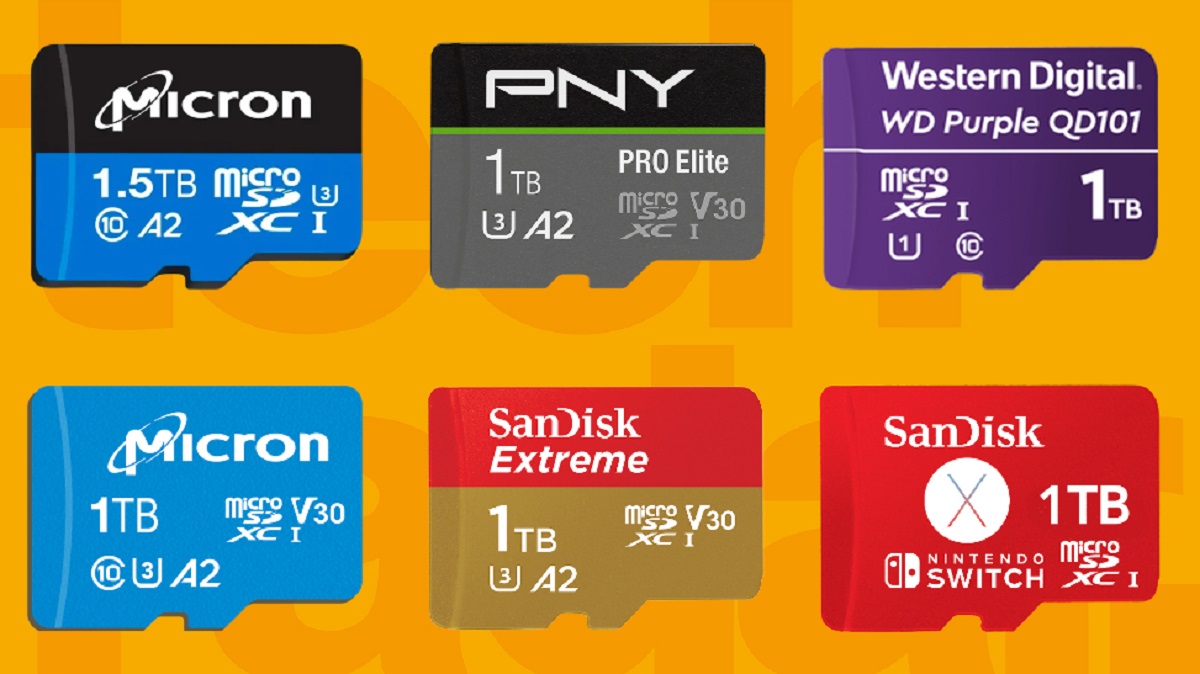Introduction
SD cards have become an essential part of our digital lives, allowing us to store and transfer large amounts of data conveniently. However, when it comes to formatting these cards, one common challenge is selecting the appropriate file system. In this article, we will focus on formatting a 128GB SD card to the FAT32 file system.
The FAT32 file system has been around for decades and is widely compatible with various operating systems, including Windows, Mac, and Linux. It has a maximum file size limit of 4GB and is supported by most digital devices, such as digital cameras, game consoles, and multimedia players. Formatting an SD card to FAT32 allows for seamless interoperability between devices and facilitates easy file transfers.
Before proceeding to format your SD card, it’s important to ensure that FAT32 is the appropriate file system for your needs. Depending on the type of files you intend to store and the compatibility requirements of your devices, you may need to consider alternative file systems like exFAT or NTFS. However, FAT32 remains a popular choice due to its broad support and compatibility across various platforms.
What is FAT32?
FAT32, short for File Allocation Table 32, is a file system that was introduced by Microsoft in 1996. It is an extension of the older FAT16 file system, providing enhanced capabilities and support for larger storage capacities. FAT32 utilizes a file allocation table to keep track of the clusters allocated to each file on the storage device.
One of the key advantages of FAT32 is its wide compatibility across different operating systems. It is natively supported by Windows, Mac, and Linux, making it a versatile choice for formatting storage devices that need to be accessed from various platforms. This cross-platform compatibility comes in handy when transferring files between devices or when using an SD card in different devices with different operating systems.
In addition to its compatibility, another notable feature of FAT32 is its relatively simple structure. The file system has a straightforward directory structure and uses a 32-bit file allocation table, which allows for efficient organization and retrieval of data. FAT32 is also known for its efficient use of disk space, as it has smaller cluster sizes compared to other file systems like NTFS.
However, it’s worth noting that FAT32 does have some limitations. One of the main disadvantages is its maximum file size limitation of 4GB. This means that if you need to store files larger than 4GB, you will need to choose a different file system like exFAT or NTFS. Additionally, FAT32 has a maximum partition size of 2TB, so if you have a storage device larger than that, you will need to consider an alternative file system.
Despite these limitations, FAT32 remains a popular choice for formatting SD cards and other portable storage devices. Its compatibility, simplicity, and efficient disk space usage make it an ideal choice for most users. In the following sections, we will explore different methods to format a 128GB SD card to the FAT32 file system, allowing you to make the most out of your storage device.
Why format an SD Card to FAT32?
When it comes to formatting an SD card, you may wonder why choosing the FAT32 file system is advantageous. Here are some key reasons why formatting an SD card to FAT32 can be beneficial:
- Compatibility: FAT32 is highly compatible with various operating systems, making it easier to use the SD card across different devices. Whether you want to access the SD card on a Windows, Mac, or Linux system, you can do so without any compatibility issues.
- Interoperability: FAT32 allows for seamless interoperability between devices. Whether you’re using the SD card in a digital camera, smartphone, or multimedia player, you can transfer files between different devices without any hassle.
- Ease of Use: FAT32 has a simple and straightforward file system structure, making it easy to navigate and manage files on the SD card. It is also supported by a wide range of file management tools and software, which further simplifies the process of organizing and accessing files.
- Legacy Device Support: Many older devices, such as older digital cameras or game consoles, may only support the FAT32 file system. By formatting your SD card to FAT32, you ensure compatibility with these legacy devices and can continue using them without any drawbacks.
- Transfer Limitations: While FAT32 has a maximum file size limitation of 4GB, this can also be seen as an advantage in certain cases. For example, if you primarily use the SD card for storing smaller files or media such as photos and videos, the 4GB limit may not affect you. Additionally, the smaller cluster size of FAT32 allows for more efficient use of disk space when dealing with smaller files.
It is essential, however, to consider your specific requirements and compatibility needs when formatting an SD card. Depending on the type of files you intend to store and the devices you plan to use, other file systems such as exFAT or NTFS may be more suitable. So, before you proceed with formatting your SD card to FAT32, make sure to assess your needs and choose the appropriate file system accordingly.
Checking Compatibility
Before proceeding with the formatting process, it’s crucial to ensure that the devices you intend to use the SD card with are compatible with the FAT32 file system. While FAT32 is widely supported, there are some exceptions that you need to be aware of.
Firstly, check the documentation or specifications of each device you plan to use the SD card with. Look for information regarding the supported file systems. If the device explicitly states compatibility with FAT32, then you’re good to go. However, keep in mind that some newer devices may only support exFAT or NTFS. In such cases, you will need to format the SD card to the appropriate file system accordingly.
It’s also essential to consider the operating system of the devices you’ll be using. Most operating systems, like Windows, Mac, and Linux, have built-in support for FAT32. However, if you have older devices with outdated operating systems, they may have limited or no support for FAT32. In such instances, you may need to format the SD card to a compatible file system like FAT16.
Furthermore, if you plan to use the SD card with devices that have specific file system requirements, such as cameras or gaming consoles, it’s recommended to consult the manufacturer’s guidelines. Some devices may require specific file system formats to ensure optimal performance and compatibility.
To summarize, checking the compatibility of the devices you’ll be using the SD card with is crucial to avoid any issues down the line. Ensure that the devices support the FAT32 file system or determine the appropriate file system format required by each device. By doing so, you can ensure smooth and hassle-free usage of the SD card without any compatibility issues.
Preparing the SD Card
Before you proceed with formatting the SD card to FAT32, it’s essential to ensure that it is properly prepared. Following these steps will help ensure a successful formatting process:
- Backup your data: Formatting the SD card will erase all the data stored on it. Therefore, it’s crucial to make a backup of any important files or data that you want to keep. Connect the SD card to your computer and transfer the files to a safe location, such as your computer’s hard drive or an external storage device.
- Check for physical damage: Inspect the SD card visually to ensure that it is in good physical condition. Look for any signs of damage, such as cracks, bends, or exposed connectors. If you notice any physical damage, it’s recommended to avoid formatting the SD card and consider replacing it instead.
- Scan for malware: Running a malware scan on the SD card is crucial, especially if you have used it with multiple devices. Malware or viruses can corrupt the file system and cause issues during formatting or file transfer. Use a reliable antivirus program to scan the SD card and remove any potential threats.
- Eject the SD card safely: If the SD card is connected to your computer or any other device, make sure to safely eject it before proceeding with the formatting. Improper removal can lead to data corruption and potential issues during the formatting process.
- Ensure sufficient power: If you are formatting the SD card using a device like a camera or a smartphone, ensure that it has sufficient battery power or is properly connected to a power source. Sudden power loss during formatting can result in data corruption or incomplete formatting.
By following these preparation steps, you can minimize the risk of data loss and ensure a smooth formatting process for your SD card. Once you have completed these preparations, you are ready to proceed with the actual formatting methods, which we will explore in the following sections.
Method 1: Using Windows Disk Management
Windows Disk Management is a built-in tool that allows you to manage and format storage devices, including SD cards. To format your 128GB SD card to FAT32 using Windows Disk Management, follow these steps:
- Connect the SD card: Insert the SD card into the card reader slot on your computer or use a card reader adapter if necessary. Make sure that the SD card is properly detected and recognized by the computer.
- Open Disk Management: Right-click on the “Start” button and select “Disk Management” from the context menu. This will open the Disk Management window, displaying a list of available storage devices.
- Locate the SD card: In the Disk Management window, look for the SD card. It will be listed as a removable device and may show as unallocated or with a raw file system.
- Format the SD card: Right-click on the SD card and select “Format” from the options. In the format dialog box, choose “FAT32” as the file system. You can also assign a volume label for the SD card if desired.
- Start the formatting process: Click on the “OK” button to initiate the formatting process. A warning message may appear informing you that formatting will erase all data on the SD card. Ensure that you have backed up any important files before proceeding.
- Wait for completion: The formatting process may take a few minutes to complete, depending on the size of the SD card. Once the process finishes, you will see a confirmation message indicating successful formatting.
- Eject the SD card: Safely eject the SD card from your computer to complete the process. You can now use the SD card with devices that support the FAT32 file system.
Using Windows Disk Management is a straightforward method to format your SD card to FAT32. However, keep in mind that this method has a limitation. Windows Disk Management can only format SD cards that are smaller than 32GB to FAT32. Therefore, if your SD card is 128GB, you’ll need to use an alternative method, which we will cover in the next sections.
Method 2: Using Command Prompt
If you have a 128GB SD card and need to format it to FAT32, you can use Command Prompt, a powerful command-line tool available in Windows. Here’s how to format your SD card using Command Prompt:
- Connect the SD card: Insert the SD card into the card reader slot on your computer or use a card reader adapter if necessary. Make sure that the SD card is properly detected and recognized by the computer.
- Open Command Prompt: Press the Windows key + R to open the “Run” dialog box. Type “cmd” and press Enter. This will open the Command Prompt window.
- Run Command Prompt as Administrator: To ensure that you have the necessary permissions to format the SD card, right-click on the Command Prompt icon in the Start menu and select “Run as administrator”.
- Check the SD card’s disk number: In the Command Prompt window, type “diskpart” and press Enter. Then, type “list disk” and press Enter. Identify the disk number associated with your SD card. Make sure to select the correct disk to avoid formatting any other disk by mistake.
- Select the SD card: Type “select disk
” (replace “ ” with the disk number of your SD card) and press Enter. This will select the SD card for further commands. - Format the SD card: Type “clean” and press Enter to remove any existing partitions on the SD card. Then, type “create partition primary” and press Enter to create a new primary partition on the SD card. Finally, type “format fs=fat32 quick” and press Enter to format the SD card to FAT32 quickly.
- Wait for completion: The formatting process will start, and the progress will be displayed in the Command Prompt window. Depending on the size of the SD card, it may take some time to complete. Once the process finishes, you will see a message indicating successful formatting.
- Eject the SD card: Safely eject the SD card from your computer to complete the process. You can now use the SD card with devices that support the FAT32 file system.
Using Command Prompt provides more flexibility in formatting your SD card to FAT32, including larger capacity cards like 128GB. However, ensure that you select the correct disk to avoid formatting the wrong drive, as this process will erase all data on the selected disk.
Method 3: Using Third-Party Software
If you want a more user-friendly and versatile approach to format your 128GB SD card to FAT32, you can use third-party software specifically designed for disk formatting. These tools offer additional features and options for formatting SD cards to different file systems. Here’s how to use third-party software to format your SD card to FAT32:
- Select a third-party software: There are several reputable third-party software options available, such as EaseUS Partition Master, MiniTool Partition Wizard, and AOMEI Partition Assistant. Choose one that suits your needs and download it from the official website.
- Install and launch the software: Follow the installation instructions provided by the software and launch it on your computer.
- Connect the SD card: Connect the 128GB SD card to your computer using a card reader or adapter.
- Open the software: Launch the third-party software and select the SD card from the list of available disks or drives.
- Choose the FAT32 file system: Look for the formatting options within the software interface. Select FAT32 as the desired file system for the SD card.
- Set other formatting parameters: Depending on the software, you may have additional options to customize the formatting process, such as cluster size allocation and volume label assignment. Adjust these settings according to your preferences if needed.
- Confirm the formatting: Review the formatting settings and confirm that you want to proceed with the formatting process. Take note that formatting will erase all data on the SD card, so ensure you have a backup if necessary.
- Start the formatting process: Click on the “Start” or “Format” button to initiate the formatting process. The software will handle the rest and display a progress indicator.
- Wait for completion: The formatting process may take some time to complete, depending on the size of the SD card. Once finished, the software will notify you of successful formatting.
- Eject the SD card: Safely eject the SD card from your computer and remove it from the card reader or adapter. Your SD card is now formatted to FAT32 and ready to use.
Using third-party software offers a more intuitive and feature-rich experience for formatting your SD card to FAT32. These tools often provide additional options and advanced features for disk management, making them a suitable choice for users who prefer a user-friendly approach.
Tips for Successful Formatting
To ensure a successful formatting process and optimal performance of your 128GB SD card, consider the following tips:
- Backup important data: Before formatting the SD card, make sure to back up any important files or data stored on it. Formatting will erase all data, so it’s crucial to have a copy stored elsewhere.
- Use reliable and up-to-date software: Whether you’re using Windows Disk Management or third-party software, ensure that you are using the latest version of the software to have access to the most stable and efficient formatting capabilities.
- Check for firmware updates: Visit the manufacturer’s website of your SD card or device and check for any available firmware updates. Upgrading to the latest firmware can address potential compatibility issues and improve performance.
- Ensure sufficient power: During the formatting process, it’s important to keep your device connected to a stable power source. Sudden power loss can interrupt the formatting process and lead to data corruption.
- Avoid interruptions: While formatting is in progress, avoid performing other activities on your computer or removing the SD card. Interrupting the formatting process can result in incomplete formatting or data loss.
- Be patient: Formatting a large-capacity SD card can take some time. Allow the process to complete without interruption, even if it seems to take longer than anticipated.
- Test the SD card after formatting: Once the formatting process is complete, test the SD card by transferring some files to and from it. Ensure that your devices recognize the SD card and can access the files without any issues.
- Handle the SD card with care: Always handle your SD card with care and avoid exposing it to extreme temperatures, moisture, or physical damage. Proper handling will ensure longevity and reliability.
By following these tips, you can increase the chances of having a successful formatting process and maintain the integrity and performance of your 128GB SD card. Remember to double-check your formatting settings before proceeding and take necessary precautions to prevent any data loss or potential issues during the process.
Conclusion
Formatting an SD card to the FAT32 file system is a practical and essential step to optimize its compatibility and usability. Whether you’re using a 128GB SD card or another capacity, ensuring it is formatted correctly allows for seamless file transfers and interconnectivity between different devices.
In this article, we covered three methods for formatting a 128GB SD card to FAT32. These methods included using Windows Disk Management, Command Prompt, or third-party software. Each method offers its own advantages and considerations, so choose the one that suits your needs and preferences.
Before proceeding with the formatting process, it is crucial to check the compatibility of your devices and take the necessary precautions. Back up any important data, ensure sufficient power, and handle the SD card with care to avoid any potential issues.
Whether you use Windows Disk Management, Command Prompt, or third-party software, following the steps provided will guide you through the formatting process successfully. Remember to be patient and allow the formatting process to complete without interruptions.
Once the formatting is complete, you can confidently use your SD card with devices that support the FAT32 file system. If you encounter any issues or have specific requirements, consult the documentation or manufacturer’s guidelines for further assistance.
With your 128GB SD card properly formatted to FAT32, you can now enjoy seamless file transfers, optimal compatibility, and enhanced usability across a wide range of devices. Take advantage of this versatile file system and make the most out of your SD card’s storage capacity.









